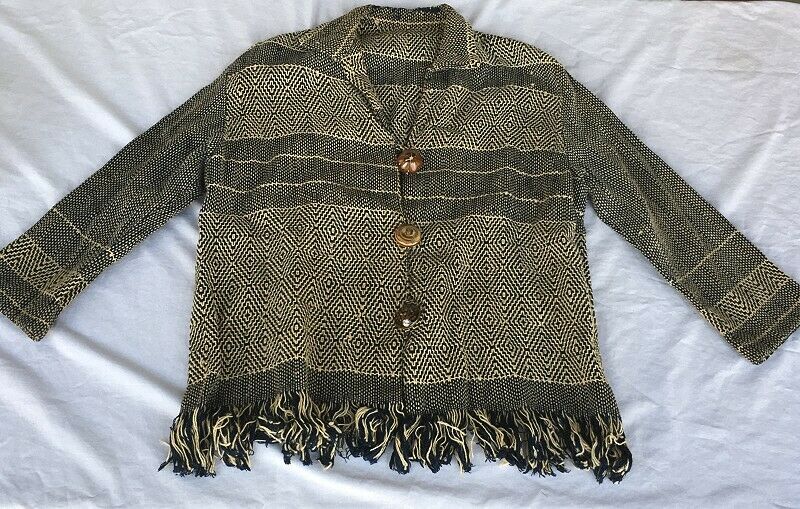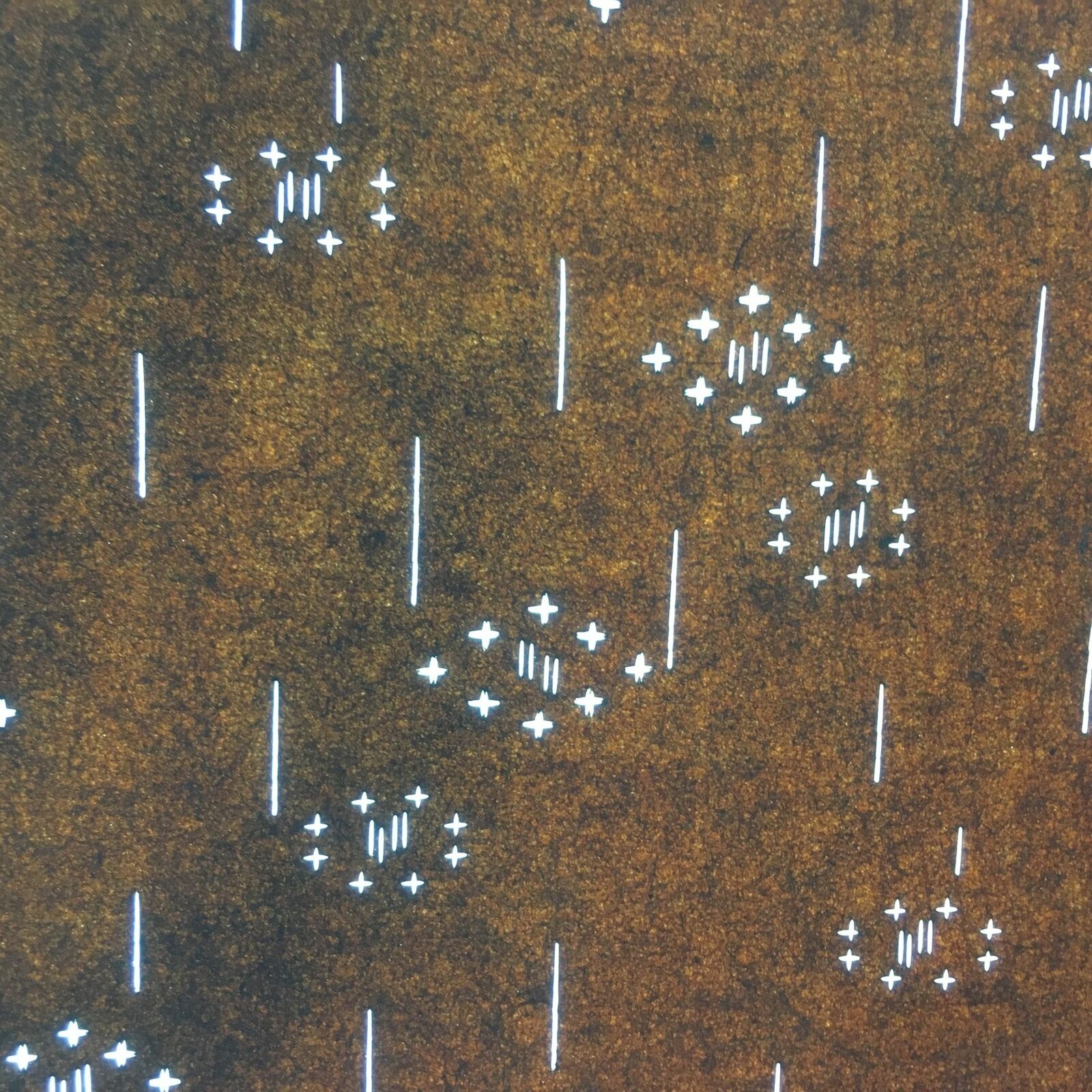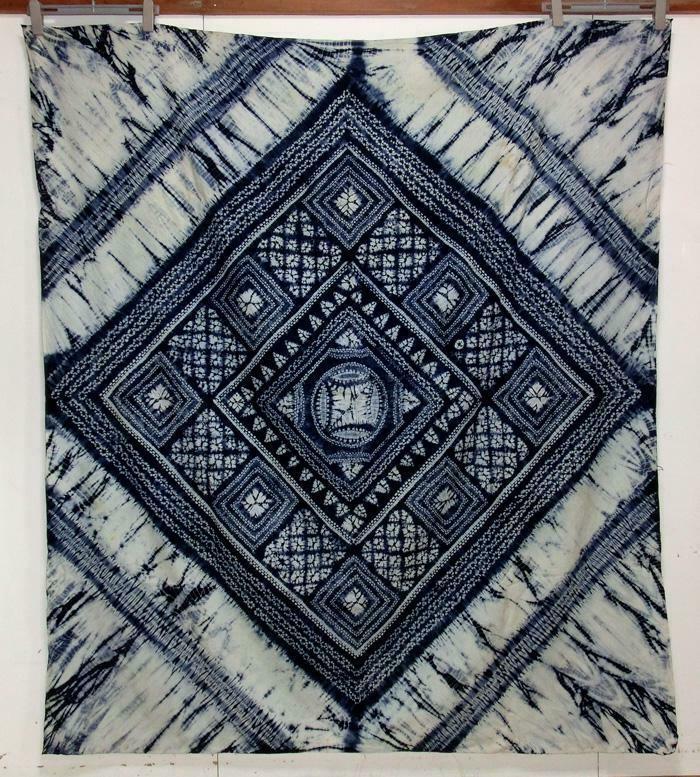-40%
VINTAGE JAPANESE MINGEI JACKET Soetsu Yanagi Shoji Hamada Yoshitaka garment
$ 498.96
- Description
- Size Guide
Description
VINTAGE JAPANESE JACKET for sale.According to the estate that I'm selling this for, the jacket was made by Dr. Soetsu Yanagi's nephew, Yoshitaka Yanagi. The buttons were made by Shoji Hamada the famed ceramist from Japan. Look at the photos for measurements and closeups. Slight browning to the white threads due to age but in otherwise excellent condition. Email me questions or comments.
READ A LITTLE ABOUT SOETSU YANAGI AND SHOJI HAMADA BELOW.
"
Soetsu Yanagi
, known as first advocator of the Mingei Movement, was born in Tokyo in 1889. He took part in the launch of the magazine 'Shirakaba' in 1910 and actively worked as a central member of the Shirakaba literary school. Then he began to take a deep interest in arts and the philosophy of religion. In 1914, Yanagi encountered ceramics of Joseon Dynasty introduced by Asakawa Noritaka and Takumi brothers. Triggered by this, Yanagi got attracted to the peculiar beauty of form and shape Joseon people produced. In 1924, Yanagi founded the Korean Folk Art Museum ('Korean Folk-arts Gallery' in Yanagi's English) in Seoul. Later, Yanagi came to pay attention to his own country, Japan. The first thing which attracted Yanagi's eye was a folk Buddha in Edo period called Mokujiki sculpture. As Yanagi traveled various areas in Japan to investigate folk Buddha, he was gradually paying attention to the healthy and the honest beauty which he found in ordinary people's craftworks made by unknown craftspeople. It was 1925 when Yanagi, together with potter Kanjiro Kawai and Shoji Hamada, coined the term 'Mingei' literally meaning 'folk crafts' or 'common crafts'. In the following year, he announced a prospectus for the formation of a museum of folk crafts and started in earnest the movement to establish a museum. While Yanagi devoted himself in promoting the Mingei philosophy and introducing various handicrafts from all over Japan, The Japan Folk Crafts Museum was finally founded in 1936 and Yanagi became first president of the museum. Based on the museum, Yanagi engaged in various activities, such as traveling to Tohoku, Kyushu or Okinawa to investigate and collect craftworks, holding exhibitions of Joseon craftworks or Otsu-e, introducing craftworks of Ainu and Taiwan tribes, proposing the reform of tea ceremony and advocating Buddhist aesthetics based on the thoughts of Tariki Hongan (the power of the Original Vow made by Amida Buddha)." (http://www.mingeikan.or.jp)
"
Shōji Hamada
(濱田 庄司, Hamada Shōji, December 9, 1894 – January 5, 1978) was a Japanese potter. He was a significant influence on studio pottery of the twentieth century, and a major figure of the mingei folk-art movement, establishing the town of Mashiko as a world-renowned pottery centre.[citation needed] In 1955 he was designated a "Living National Treasure". Having spent three years in St Ives with Bernard Leach, he returned to Japan in 1923 and traveled to potteries and stayed at Tsuboya in Okinawa Prefecture for weeks, then eventually established his workshop in Mashiko, about 100 km (62 mi) north-east of Tokyo. Here, he built his own pottery and committed himself to using only locally sourced materials, not only in the clay he used, but also the glazes he created and the brushes he manufactured himself from dog hair and bamboo.[4] In 1955 the Japanese government designated him "Living National Treasure", the first time for someone from the field of crafts. The previous year on 29 May 1954, the Cultural Property Protection Act had been amended, and a new Preservers of Important Intangible Cultural Properties (Jūyō Mukei Bunkazai Hojisha) designation was passed the bill in November for its criteria and approval details.[5] Following Yanagi Muneyoshi, Hamada was enthusiastic about folk art movement in Japan. When Yanagi died in 1961, he succeeded as the second director of the Japanese Folk Crafts Museum, and in 1977, he opened his own museum at his home, Mashiko Sankōkan (present Shoji Hamada Memorial Mashiko Sankokan Museum),[6] and exhibited his collection of folk crafts from Japan and abroad. Hamada Shoji was very supportive of young artists who moved to Mashiko such as his student Shimaoka Tatsuzō, and Kamoda Shōji, and was also important in establishing Mashiko as a destination for day tourism. He provided housing and hosted workplace for visiting potters from abroad as well. Hamada died in Mashiko on January 5, 1978." (Wikipedia)
I will be liquidating from an old estate from time to time.
If you are in the market for antiques, collectibles, musical instruments, silver, coins, art, militaria, etc. make sure you go back up to this page and
click the "add to favorite sellers" button
and you will be notified by ebay when I have more listings on.
GOOD LUCK AND HAVE FUN !!!
Click images to enlarge
Shipping will be based on USPS Priority, First Class, Media Mail or Parcel Post rate if in the US.
I SHIP INTERNATIONAL. CHECK ABOVE FOR RATES.
I SHIP FROM HAWAII SO PARCEL POST AND MEDIA MAIL TRAVELS PARTWAY BY BOAT. PARCELS SHIPPED BY THESE MEANS MAY TAKE 2 TO 4 WEEKS FOR DELIVERY. YOU'LL NEED TO DISREGARD EBAY'S TIMETABLE IN THEIR SHIPPING CALCULATOR AS THIS TAKES INTO ACCOUNT PARCELS SHIPPED WITHIN THE 48 CONTINGENT STATES.
FOR INTERNATIONAL BIDDERS:
Please check restriction policy for prohibited items as well as shipping regulations for your country at the United States Postal Service website.
Payment to be by PAYPAL and be made within 7 days from the close of the auction unless otherwise agreed. For United States buyers, shipping will be by UPS or USPS Priority 3rd day/Parcel Post/Media Mail or First Class unless otherwise agreed. Outside the U.S. need to verify shipping and payment after the auction.




















